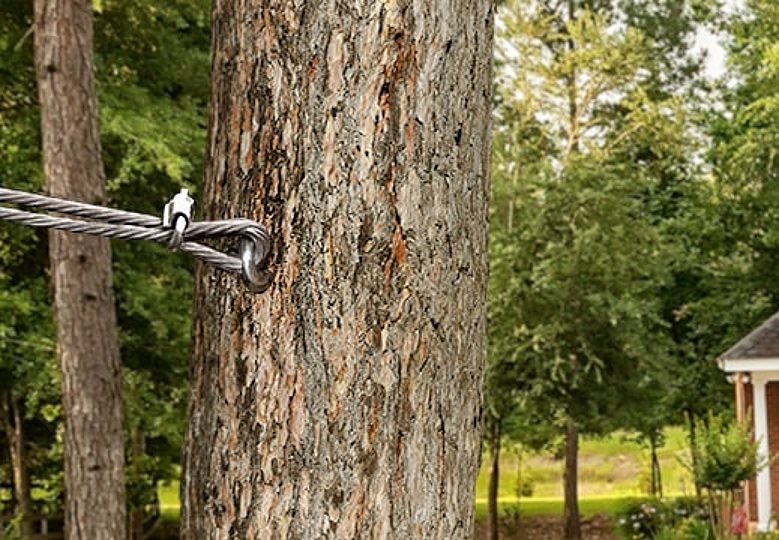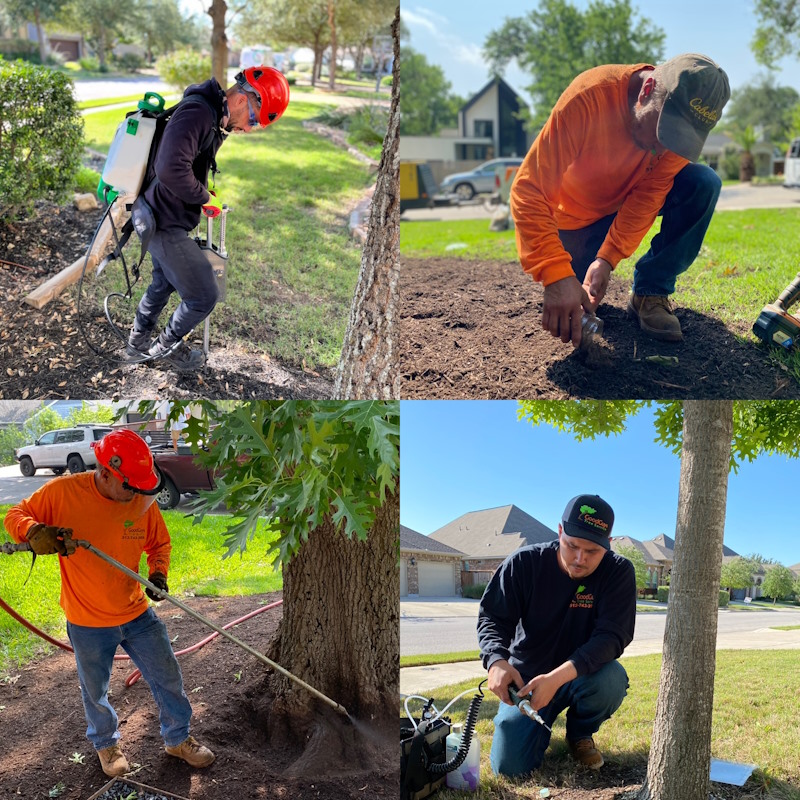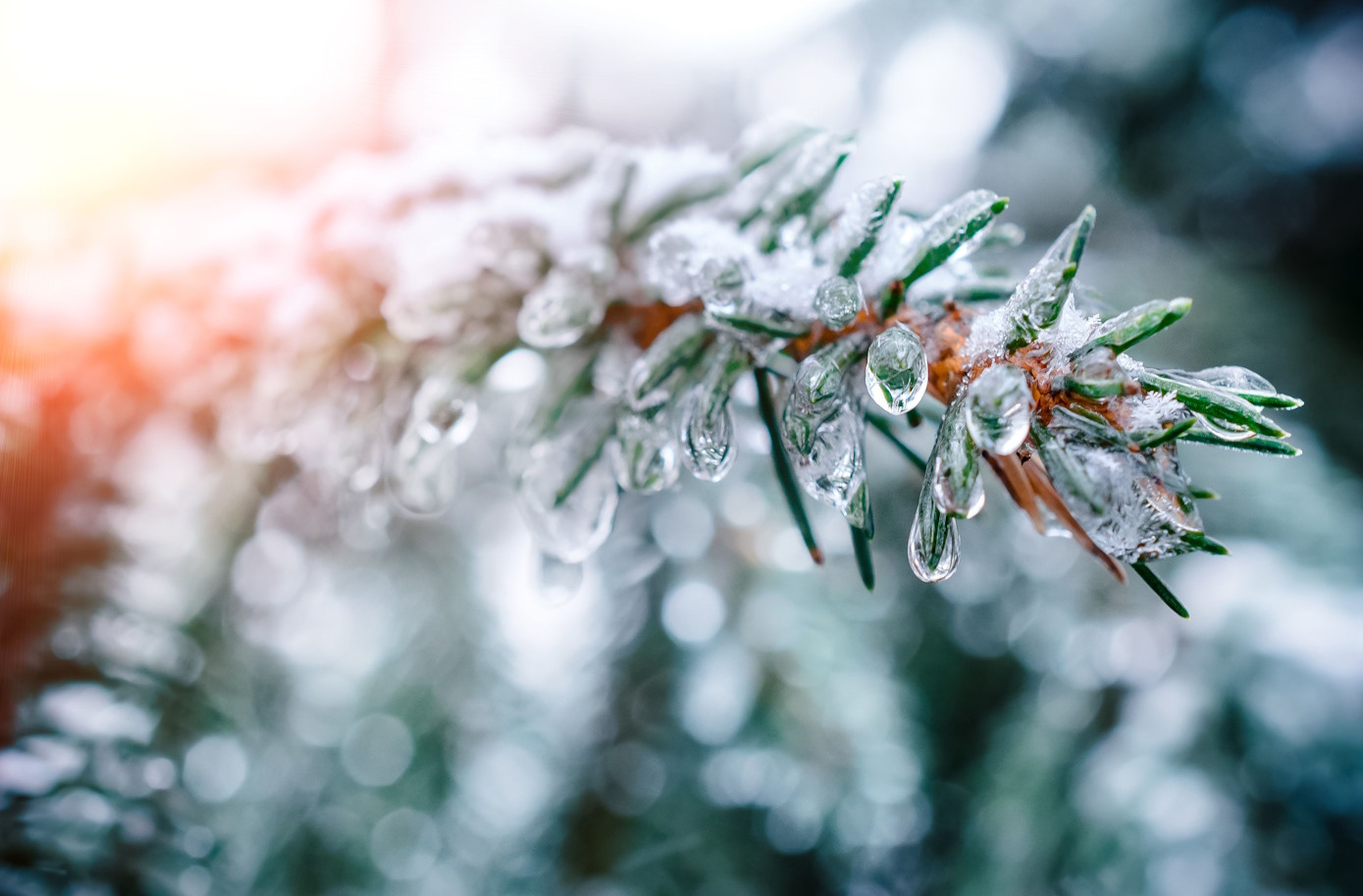While the city of Austin was lucky to avoid the worst of the damage caused by Hurricane Harvey, the effects were still felt. One of the most notable examples of this is tree damage. With powerful winds and rains, many of the wonderful trees throughout Austin fell victim to Hurricane Harvey.
From countless broken branches scattered across the ground to entire trees being uprooted, many healthy trees suffered huge amounts of damage throughout Austin.
Thankfully, many trees did survive the storms, many of which benefited from tree cabling and bracing. This process ensures that trees are much more likely to survive adverse weather conditions such as those caused by Harvey, highlighting just how beneficial tree cabling and bracing is.
Let’s take a closer look at this process, and how it may be worth investing in to ensure your tree survives any future storms.
How Tree Bracing and Cabling works
Tree bracing and cabling is a process used by arborists to add structural support to a tree. It involves adding strong braces and/or cables to a tree to help prevent possible damage or failure, typically in the event of adverse weather.
For instance, cabling and bracing involves adding flexible steel cables between branches or trunks of a tree, connecting them between bracing rods or bolts attached to the tree. Dead branches are also removed during the process, further minimizing the risk as they are the most likely to break off during a storm.
This helps to reduce the movement of any healthy branches and trunks, while also offering additional support to any weak spots, limiting how much stress they face in times of high winds and heavy rains.
Bracing and cabling is typically used to support and brace multiple tree limbs or trunks, whether it’s a cluster of branches in the canopy or a split trunk at the base of the tree.
The Benefits of Tree Bracing and Cabling
By providing added structural support to various parts of a tree, bracing and cabling makes the tree much less susceptible to damage from the elements. For instance, branches cannot move as freely as they once did, reducing the stresses and fractures caused by high winds, meaning they’re less likely to snap off.
This provides obvious safety benefits in times of storms, while also greatly reducing the risks of property damage and possible death to the tree from excessive damage. Many of the trees in Austin that were braced or cabled survived the storms caused by Hurricane Harvey.
Certain species of trees are more susceptible to damage from high winds, such as those with open canopies and trees prone to multiple trunks. There are many species like this native to Austin, such as the Shumard Red Oak, Texas Red Oak, and Arizona Ash.
Will Tree Cabling and Bracing Help My Tree Survive Storms?
Simply put, yes!
However, always ensure the service is provided by a certified arborist. This will guarantee that the process is done using the best (and safest) standards, and your tree should be able to pass a tree inspection upon completion.
As tree inspections are about determining any structural weaknesses that could be a risk, it’s a great way to find out how safe your tree now is after the bracing and cabling process








